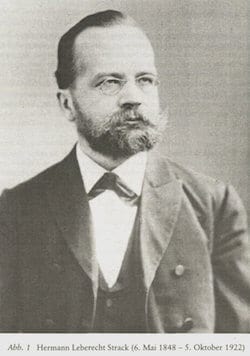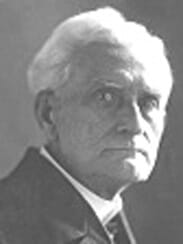God’s Word is eternal, but between us and its earliest readers lies a chasm of time, culture, and language. Before we can apply Scripture to twenty-first-century life, we must first understand the world in which it was written.
Ask celebrated theologian Wayne Grudem, and he’ll tell you one of the best resources for glimpsing that world is a little-known work written nearly 100 years ago.
An historic partnership

Meanwhile, German pastor Paul Billerbeck (1853–1932) was disappointed by a lack of study materials on the Jewish background of the New Testament. Resolving to uncover those insights for himself, he pored over the Talmud and Midrash, hunting down parallels that could clarify the cultural and religious milieu of Scripture.
Billerbeck wasn’t planning on writing a commentary that would cause a stir in the world of biblical studies; he was just trying to improve his sermons and ministry.
But when Strack ran across Billerbeck’s work, the scholar saw potential. He urged Billerbeck to write a theology of Talmudic literature, but the pastor demurred.
Instead, the men collaborated on the work Strack had been picking at for a decade, the Commentary on the New Testament from the Talmud and Midrash, an unprecedented look at the world of the New Testament, gleaned from the texts of Rabbinic Judaism.

Lexham Press has undertaken the first-ever English translation of Strack and Billerbeck’s Commentary on the New Testament from the Talmud and Midrash (3 vols.). These books, previously available only to specialists, will soon be accessible to English readers everywhere.
“I can’t imagine people not wanting to get this at the earliest possible opportunity,” says Wayne Grudem, research professor of theology and biblical studies at Phoenix Seminary.
In this video, Grudem explains the significance of of this one-of-a-kind commentary.
***
Get Commentary on the New Testament from the Talmud and Midrash (3 vols.) now.




